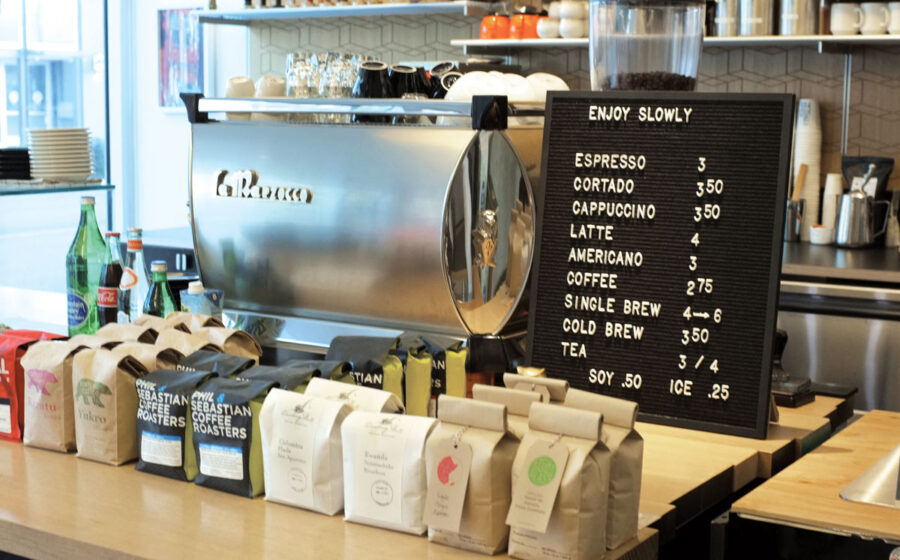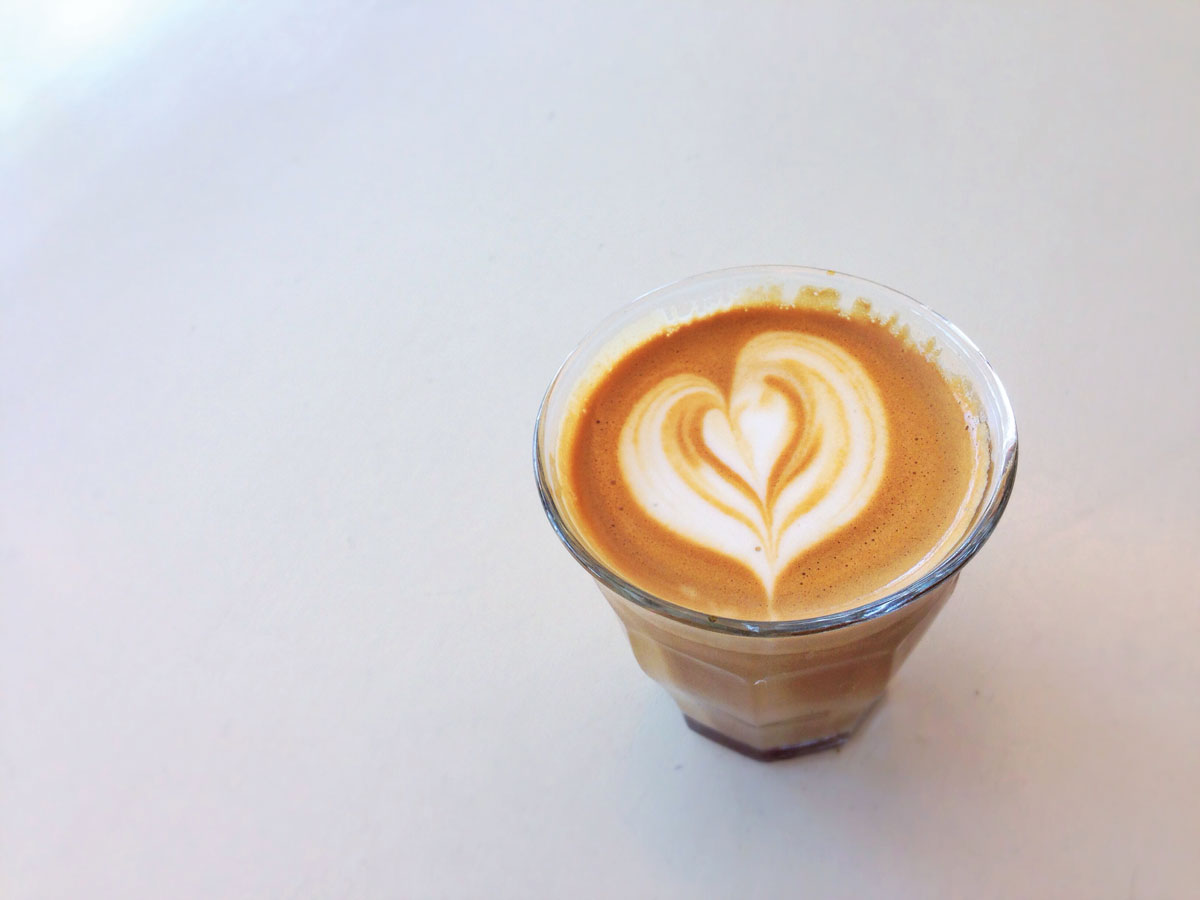[A]s new coffee roasters start up seemingly every month, coffee becomes more and more interesting. While most cafés stick with a single roaster, we felt one of the great opportunities of being a coffee shop is working with many very exciting coffees roasted by new and established roasters. So when Cognoscenti Coffee started five years ago it was with the intent of using several roasters, if only to be able to try as many coffees as possible. Today, we’ve grown to three locations that allow us to provide our community with coffees from twelve roasters around the US and Canada.
We are known as a multi-roaster shop, and the model holds some real benefits. Through our Los Angeles customers we get to see the excitement of being able to taste a coffee roasted by someone from Portland or Calgary. From a newer coffee shop vantage, we can leverage brand identity from the more established roasters since they always seem to have the coolest and most vibrant packaging along with a dedicated following of coffee aficionados. So what’s the challenge and why would a shop not take on many roasters for their coffee lineup?
As a business, we naturally have to consider sustainability, both in the macro coffee trade sense and the micro issues of daily operations. The mindset that we bring to working with a new roaster is partnership, and that involves some general understanding of their business. We strive for long-term relationships knowing that many roasters work toward similar goals with farmers to maintain seasonality and consistency. Every week we have a standing order with each of our roasters. If roasters know your commitment by way of a consistent order, they can forecast volume two weeks out, four months out, and even further. That in turn allows the roasters to project future coffee purchases and also to extend the same commitment to farmers. This is true especially for roasters who are growing and working with tight margins.
A long-term relationship is really needed to understand the roaster’s quality. One shipment from a guest roaster doesn’t necessarily reflect its best product and you also don’t necessarily want to order a large quantity, as it will most likely sit on the shelves for more than two weeks. We encourage roasters to send their favorite offerings each week so we’re getting their most interesting and most recent coffees. With four or five roasters in our rotating roster, we’ve learned their roasting styles and how we need to adapt our extractions. Each day we change which roaster is in the hopper so the customer has the opportunity to try different coffees throughout the week. It can prove challenging at times but the experience gained is worth the trade-offs.
There is a greater need to change brewing techniques between roasters than between the different origins from one roasters. Over time we learn how forgiving or how difficult an espresso is and develop techniques that we apply to the different roasters’ coffees. If we worked with a single roaster, it would be much easier to adjust to that one blend or single origin over time, since the moisture density of the beans is consistent throughout that same roasted batch. For example, one of our roasters tends towards brighter and floral flavor profiles so we dial in to get as much sweetness out of that coffee while preserving the acidity. If a new barista is unfamiliar with their coffee, they could spend lots of time wasting coffee and never come to a realization that it’s not going to be dark chocolates and caramel. It also may not be an espresso we pair with milk. That means we have a robust training program that can achieve the highest quality drinks while not wasting coffee.
It’s such an amazing time to be in coffee growing, roasting, and brewing. Customers are now becoming the experts in the field and demanding more knowledge through great options. If you can invest and sustain a multi-roaster lineup in your shop, you’ll be surprised at the reception. If you are a new start-up, try working with two roasters and then increasing roaster partnerships when your business increases. You will also discover working with more than five at a time per shop will be quite challenging, even simply to taste all the coffees you receive. It’s an opportunity to expose your coffee shop to an array of unique roasters that will help develop your palate, coffee shop identity, and ultimately a greater understanding of your role along the road that coffee travels.
—Yeekai Lim is the owner of Cognoscenti Coffee in LA.

















